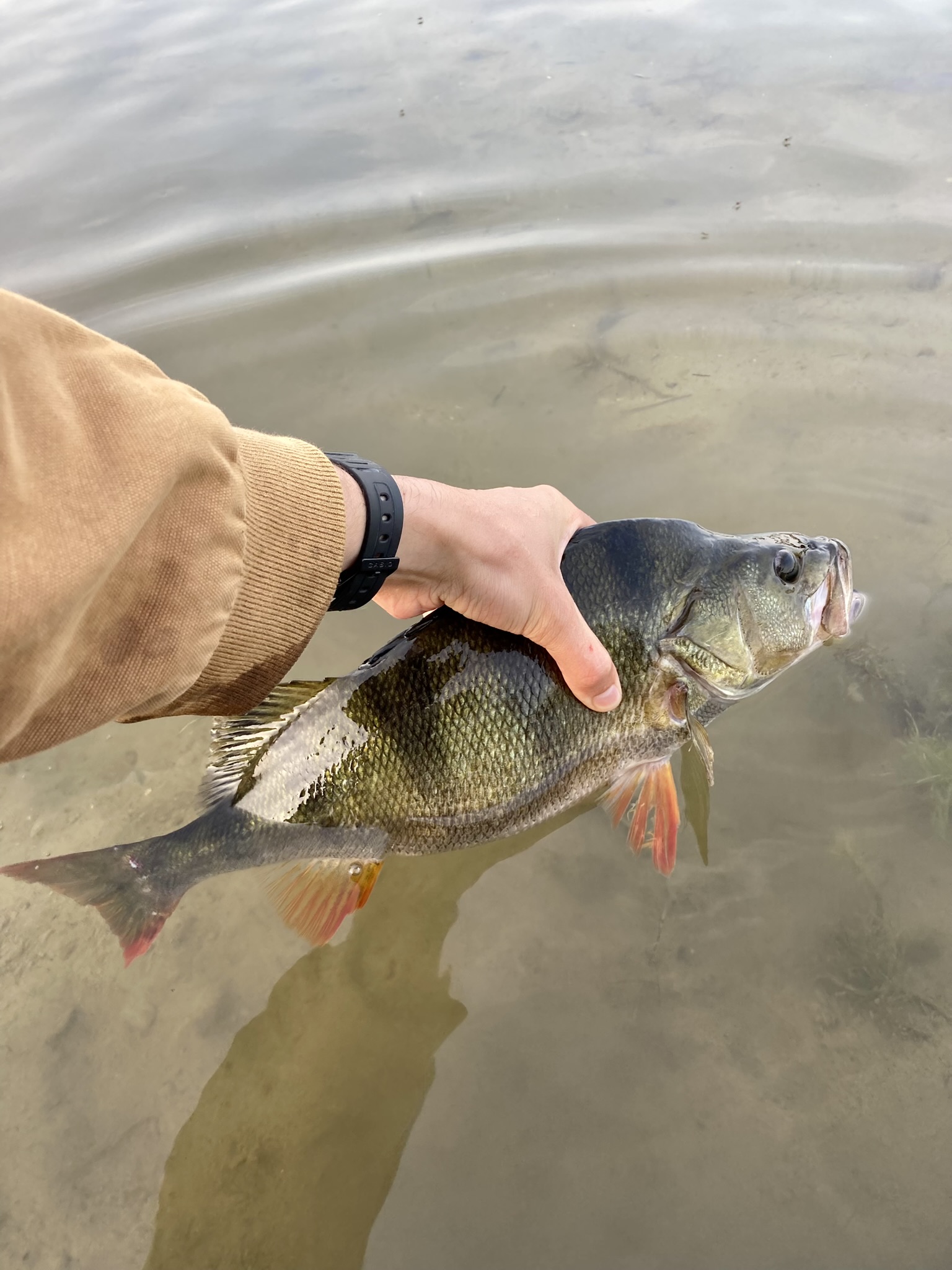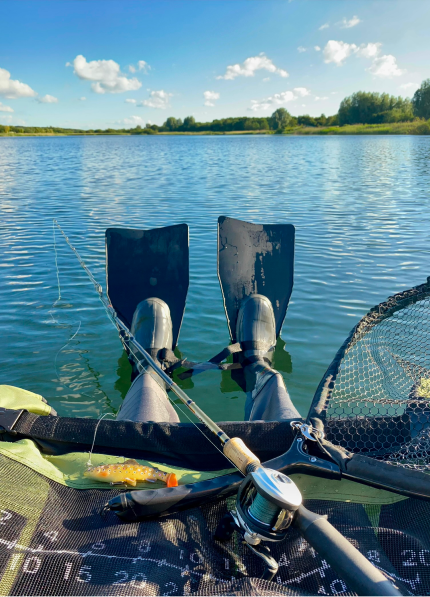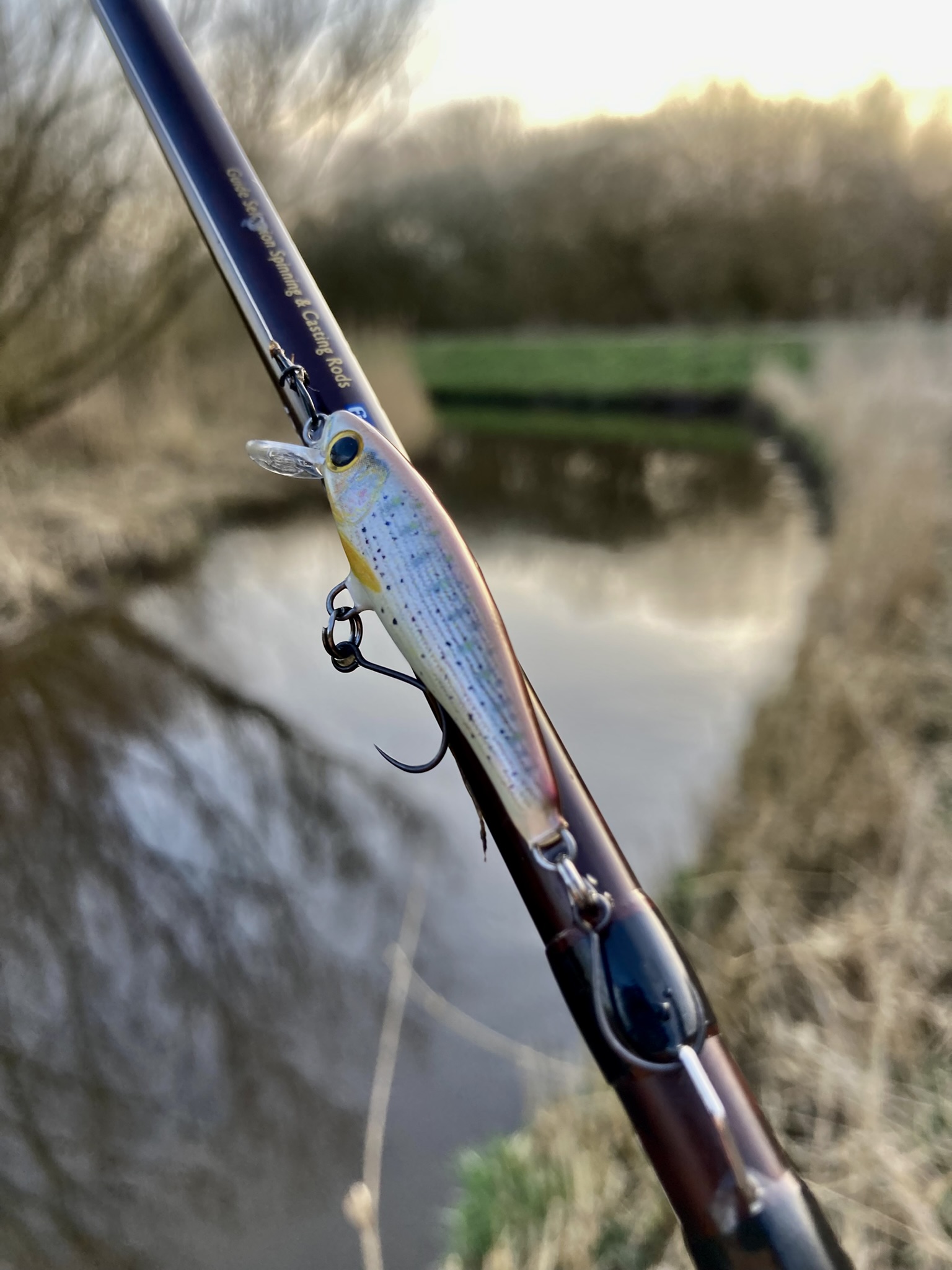TLDR: Catch & Release is as cruel as you make it to be. If you drag a fish through rocks, drop it on the ground, and take 100 pics, it will suffer. If you don’t take it out of the water, use measuring mats and barbless hooks, that’s fair and the fish will be OK!
Let’s dive into a little discussion about Catch-and-Release (C&R).
Now and then, I stumble upon social media comments saying that catch-and-release is animal cruelty. Some argue that hooking a fish and then letting it go causes trauma, potentially leading to its death. While this might be true in certain cases, I believe that not all catch-and-release practices are the same.
Firstly, let me clarify that I practice catch-and-release about 98% of the time. On occasions when I catch a nice sea trout or hornfish, I’ll admit, that I enjoy taking them home for a delicious fish dish. Wild-caught fish just taste better than store-bought options wrapped in plastic.
C&R should go along with barbless hooks!
Most of my fishing is done with barbless hooks. As it should be done, in my opinion, if you are already planning to release a fish. Going barbless makes the release process so much easier and there is a bit of extra glory catching that way. Some extra fishin’ cred, if you know what I’m sayin’. You are willing to take a bit of an ‘extra risk of losing the fish’, to protect the fish, the environment, yourself, and everybody around you from nasty barbs that can cause so much mess. I delve into my thoughts on barbless hooks in this article if you are interested.
But getting back to the main topic—when the caught fish isn’t particularly large or strikingly beautiful, I often refrain from lifting it out of the water. It’s either a swift net release or letting it shake the hook out at the water’s edge with a slack line. And that, you can only do with barbless hooks. If you’re not aiming to keep the fish and it’s on the smaller side, this approach significantly minimizes harm. Plus, the thrill of the catch, tapping into that ancient part of our brain, remains intact. This way, I get to enjoy nature, the art of angling, and the satisfaction of knowing the fish is perfectly fine.
Let me share a story that illustrates why my method of catch-and-release is sustainable and harmless to the fish
Once, I caught a small pike, around 50 cm. I didn’t feel the need to snap a photo, so when it reached the shoreline, I let it shake off the hook with a slack line. It calmly swam to the nearest underwater cover, a few meters from the shore. I could still see it in the clear water, probably contemplating the peculiar encounter. I cast my lure again, and to my surprise, the same pike went for it once more in front of my eyes. I released it the same way, without touching it, just letting it free itself. The pike swam away, probably a bit annoyed but alive and well. This experience proves that catch-and-release, done right, doesn’t harm the fish but instead allows it to thrive. If you don’t take the fish out, you don’t drop it and snap hundreds of pics with it, it will just casually swim away without any harm. Probably, it will just think that he just avoided a weird spikey meal. It will spawn the next year, and grow bigger. And you, your kids, and your grandkids can catch ’em again, and enjoy precious time in the nature.
In my lure fishing journey, out of the many fish caught, only once has a fish been so deeply hooked that I couldn’t save it. It was a big perch that inhaled a 12 cm soft plastic on a single jig, that still had barbs on. In that case, I did the right thing by preparing it for dinner. However, such occurrences with lures, especially with barbless hooks are rare. I could have saved that perch if the hook was barbless though. I highly recommend The Ginger Fisherman’s YouTube video: How To Unhook a Gut Hooked Pike! With confidence and the right tools, even the sketchiest situations can be solved.
Don’t be that kind of angler…
Sometimes I see anglers who can’t resist the urge to always take the fish out of the water, handle it with dry hands, put it/drop it on the ground, and snap countless pictures and videos—with the barbed lure still in the fish’s mouth while it’s flipping in the dust—and then, if the fish is lucky, casually YEET it back into the water. And I don’t mean kids, but fully grown adults who say they love nature and fishing. That, to me, doesn’t seem like a good way to love nature and practice catch-and-release; it’s ignorance, probably. And don’t get me wrong; we’ve all been there, and we all start somewhere. And accidents happen, too. But as you get deeper into fishing, evolving and prioritizing sustainability and nature preservation should become crucial.
If you start to catch more and more fish, as you get better at this art, then you should also start caring more and more about the health of the environment. Because you also want your kids and grandkids to have those adrenaline and joy-filled moments in the beautiful pristine nature. You start to bring a garbage bag with you to take the trash after assholes. You start using a measuring mat, and a rubber net. And then, after a nasty accident with barbs, you start to consider crushing it on every treble hook. And then, you see that you don’t lose significantly more fish because of the absence of barbs. And then you find out that it’s worth it to use it most of the time. There is a learning curve in sustainable angling, but we all should try to be better and also teach others to be nicer to Mother Nature.
On a lighter note…
…here’s a fun fishing game from my friend Nándi, aka @Fedelzetmester on Instagram. When fishing together, we have a little game. Releasing a fish without touching it earns two points, touching only the lure gets one point, touching the fish while releasing scores zero points, and getting it out of the water is a minus point. This game adds excitement and fun to the fishing experience while promoting responsible practices. Using barbless hooks gives me an advantage in this game.
In conclusion, responsible catch-and-release is not just about the fish; it’s about fostering a sustainable and enjoyable fishing experience. Let’s all strive to evolve as anglers and protect the beauty of nature that we cherish.



